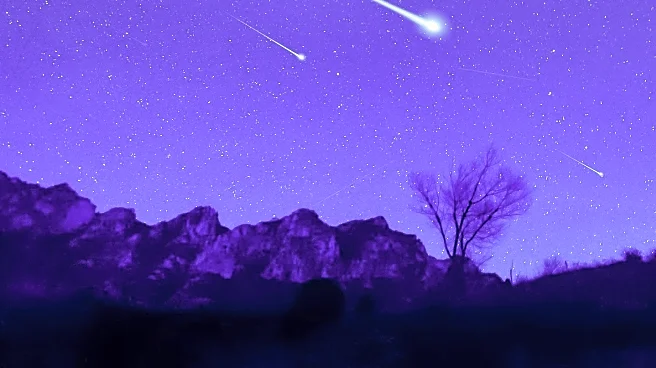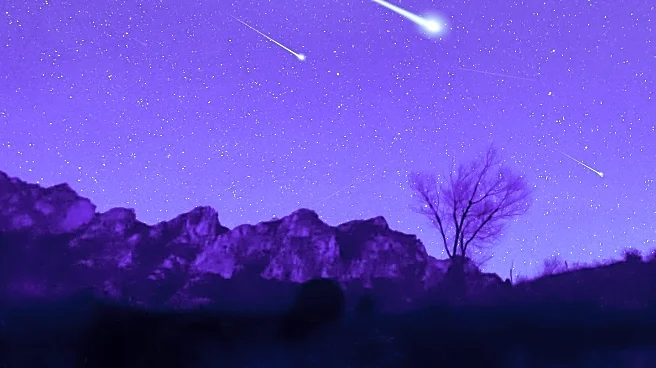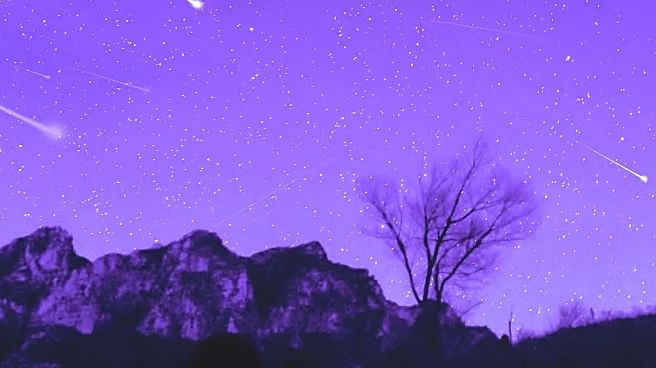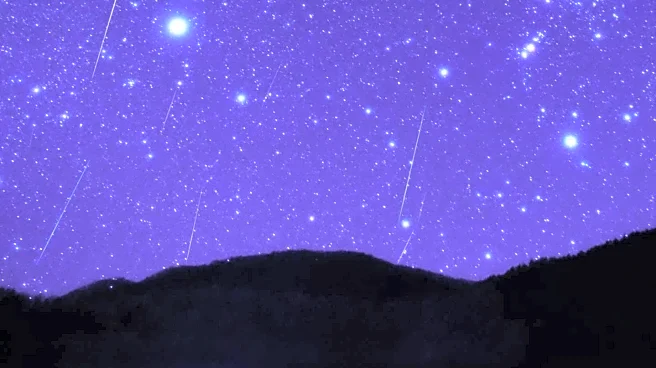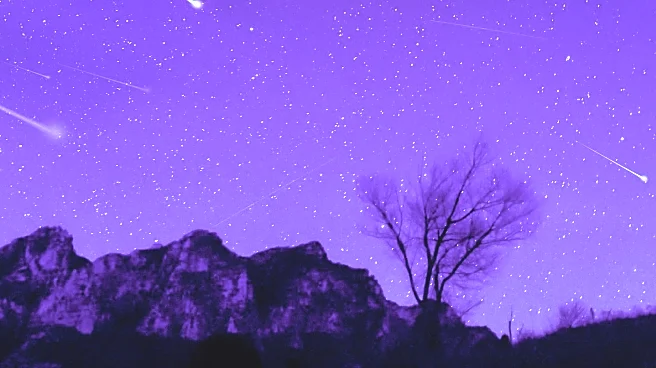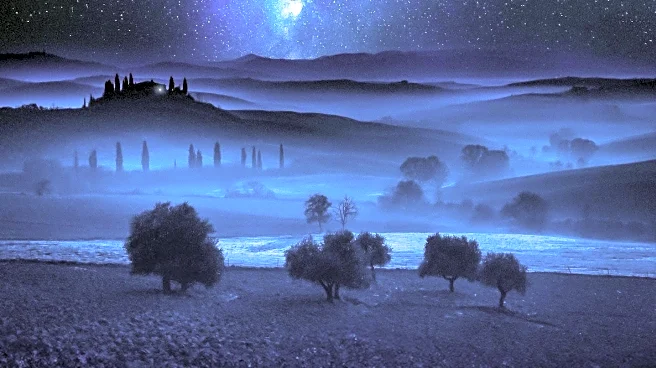Rapid Read • 7 min read
The Perseid meteor shower, known as the best meteor shower of the year, is nearing its peak between August 12 and 13. During this period, viewers can expect to see 50 to 100 meteors per hour. However, this year's viewing may be hampered by an 84%-full moon, which could wash out all but the brightest meteors. The Perseids are active from July 17 to August 23, with the peak occurring during pre-dawn hours. Despite the moonlight challenge, skywatchers are advised to find areas with higher altitude and darker skies for optimal viewing.
AD
The Perseid meteor shower is a significant astronomical event that attracts skywatchers and enthusiasts worldwide. It provides an opportunity to observe bright meteors and fireballs, enhancing public interest in astronomy. The event also serves as a reminder of Earth's interaction with comet debris, offering insights into celestial dynamics. While the moonlight may affect visibility, the Perseids remain a popular spectacle, encouraging community gatherings and educational activities focused on stargazing.
Skywatchers can look forward to the Geminid meteor shower in December, which promises moon-free viewing conditions. Meanwhile, those interested in the Perseids are encouraged to adapt their viewing strategies, such as using red lamps to minimize light impact on night vision. The National Weather Service provides forecasts on sky conditions, aiding viewers in planning their observation locations. As the peak approaches, enthusiasts are advised to prepare for the best possible viewing experience despite the moonlight challenge.
AD
More Stories You Might Enjoy
